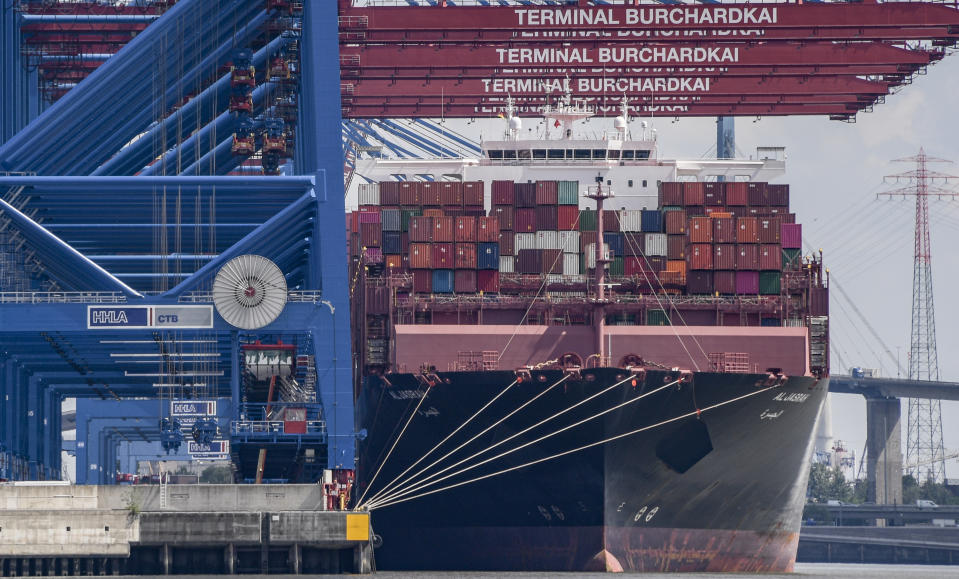German manufacturing sector rebounds in July

Germany’s export-dependent manufacturing sector experienced a sharp growth in new orders in July, in the wake of coronavirus restrictions lifting.
IHS Markit’s Purchasing Managers' Index (PMI) reading for the manufacturing sector came in at 51.0 last month up from 45.2 in June. Anything over 50 marks growth.
"The recovery of the German manufacturing sector remains on track, with the PMI improving further from April's low and now finally in growth territory,“ Phil Smith, associate economics director at IHS Markit, said in a statement.
"The headline reading of 51.0 is the highest since December 2018, although it actually understates the strength of the rebounds in the underlying measures of output and new orders, with the PMI dampened by steep falls in both employment and stocks,” he added.
The steep rise in new orders was attributed to a release of pent-up demand and a wider recovery in activity, both domestically and abroad.
German companies reported a solid rise in export sales, thanks to higher demand, especially from China.
However, Smith noted that the deep cuts to factory job numbers “are a sign that activity and demand are still comfortably down on pre-crisis levels, and represent a key headwind to any recovery.”
Germany suffered a 10.1% drop in economic output in the second quarter of this year, faring a little better then the EU’s second-largest economy France, which posted a 13.8% decline in GDP in the quarter.
Across the euro zone as a whole, the manufacturing PMI returned to growth, with a reading of 51.8, as output and demand increased after coronavirus lockdowns lifted.
IHS Markit’s manufacturing PMI for France climbed to 52.4 in July, from 52.3 in June, although demand was still subdued.
READ MORE: Coronavirus: Eurozone GDP plunges by 12.1% in second quarter
GDP across the euro area plunged by over 12% last quarter compared to the previous one, as coronavirus lockdowns brought the bloc into a deep recession.
The Spanish economy was one of the worst hit, reporting a GDP plunge of 18.5%. Today’s PMI reading for Spain, however, showed “marked gains” in output from Spanish manufacturers, with the PMI rising to 53.5 in July from 49.0 in June.
In Italy, which was the first EU country to be laid low by the coronavirus pandemic earlier this year, the latest PMI data showed a rise in output for the second month in a row in July— the manufacturing PMI rose to 51.9, from 47.5 in June. IHS Markit called it “the first improvement in the health of the Italian manufacturing sector for nearly two years in July.”

